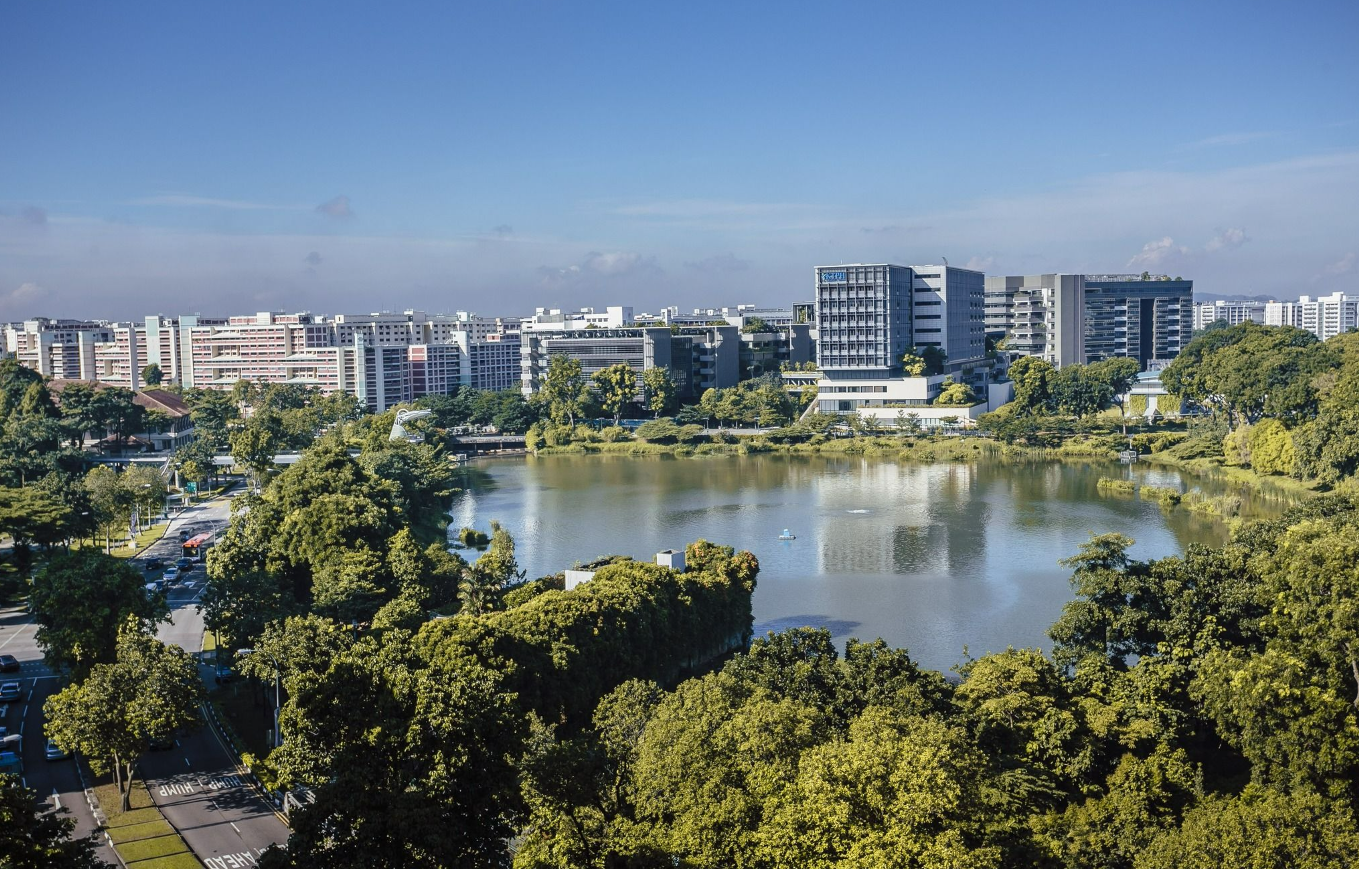Yishun

Image source: KTPH [WikiCommons]
Search for “Yishun” on Google and you may land on wacky search results such as “Is Yishun dangerous?”; “Is Yishun a bad place?”; or—perhaps a reflection of our fascination (or fear) of the supernatural—“Is Yishun haunted?”.
Indeed, Yishun seems to be the locale of a disproportionate number of unusual occurrences. Further fuelled by online memes and chatter, it is not surprising that Yishun has earned itself quite a self-reinforcing loop of notoriety among Singaporeans. More recently, even a crocodile was spotted in Yishun Dam -- perhaps to check out the hype surrounding Yishun? 🤔
However, beyond sensational reports and stories, Yishun finds itself like other suburban towns in Singapore that have undergone multiple winds of change over the years.
Yishun is named after Lim Nee Soon (pronounced “Yi Shun” in Mandarin), a Singapore-born plantation owner and community leader who lived during the turn of the 20th century. Also known as the ‘Rubber and Pineapple King’, he was a caring landlord who took care of many villagers who worked for him. Those who worked for him eventually formed a village settlement, then known as Nee Soon village.
Yishun remained populated by farms and villages until urbanisation in the area began in 1976 with the construction of Yishun New Town. By 1986, Yishun was a modern satellite town, housing more than 110,000 residents. Its connectivity to the rest of Singapore was further enhanced after Yishun MRT station was completed in 1988.
Over the years, Yishun’s urban development came in full swing, with more housing developments and estates built. Lifestyle amenities such as parks, hawker centres, heritage trails, the SAFRA Yishun clubhouse, and even water sports at Lower Seletar Reservoir also sprung into existence over the years. At one point, Yishun was also home to the biggest multiplex cinema in the whole of Asia! Unsurprisingly, Yishun soon became a popular destination for Singaporeans to live and play in!
Due to the need to cater for its ageing population, significant thought was also put into healthcare and eldercare planning in the town. Khoo Teck Puat Hospital (KTPH) was completed in 2010, while Yishun Community Hospital (YCH) was opened in 2015 as an integrated healthcare development as part of KTPH. Together, KTPH and YCH provides a full suite of healthcare options for patients of varying conditions. Two new nursing homes will soon be added to Yishun as well.
Yishun also holds the honour of being designated Singapore’s first “dementia-friendly” neighbourhood, with grassroots and municipal efforts to help those living with dementia navigate safely and easily within the community.
From humble beginnings to a modern town and to one of Singapore’s largest and all-encompassing living districts today, Yishun’s growth is a microcosm of our country’s development. Today, Yishun stands proudly as one of the largest and most vibrant towns of our Singapore, and encapsulates a positive and lasting legacy for generations of Singaporeans to come.
P.S. NHB offers a self-guided Yishun-Sembawang Heritage Trail -- check it out here!
https://www.roots.gov.sg/nhb/yishun-sembawang-heritage-trail

